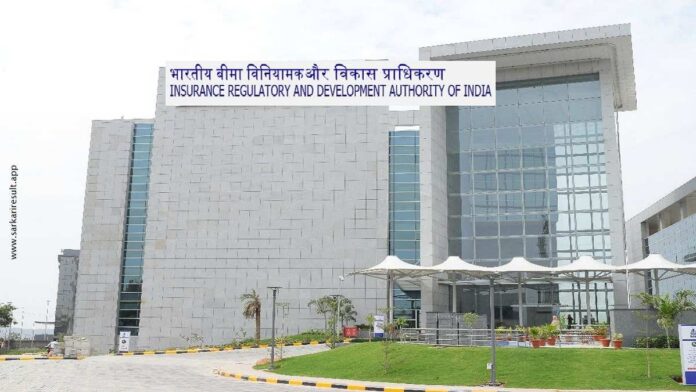IRDAI: Insurers Resistant to Higher Surrender
A day following the proposition by the Insurance Regulatory and Development Authority of India (IRDAI) to enhance surrender values – payouts granted to policyholders upon early termination – life insurance companies have opted to contest the proposed regulations in their present state.
Should the proposal be implemented, policyholders would be entitled to a special surrender value (SSV) starting from the first year. Currently, if a policyholder decides to surrender their policy after paying the initial premium, they forfeit the entire amount. Companies are required to provide feedback to the insurance regulator by Friday, May 31.
While there are no proposed alterations to the guaranteed surrender value (GSV) structure, IRDAI has indicated that insurers can offer a GSV higher than the mandated amount in the April product regulations.
“There’s no question that measures in the interests of policyholders should be taken. However, there are alternative approaches to achieving IRDAI’s objectives without compromising the fundamental long-term nature of life insurance products,” expressed a senior official from a leading private life insurance company with insight into the discussions among life insurers.
According to the official, ensuring liquidity should not be the primary objective of life insurance products. “If you intend to withdraw your policy within one or three years, this product may not be suitable for you. In such instances, fixed deposits or mutual funds might be more appropriate. Life insurance products are designed to fulfill the long-term needs and objectives of policyholders,” he added.
For policyholders with legitimate grievances – such as those who have been misled into purchasing products – insurers propose an alternative solution. “If it can be proven that the policy was mis-sold, the entire premium paid can be refunded. This would serve as a more effective remedy for mis-selling rather than altering the product structure itself,” he noted.
IRDAI suggests that the SSV should be at least equivalent to the present value of the paid-up sum assured and paid-up future benefits, calculated using a formula: number of premiums paid multiplied by sum assured divided by total number of premiums payable.
The insurance regulator has specified the 10-year G-Sec yield as the interest rate for determining the present value of paid-up sum assured and paid-up future benefits.

“This proposal is advantageous for policyholders. Under IRDAI’s new proposal, for instance, if a policyholder’s annual premium is Rs 100 and they are entitled to receive Rs 1,000 (sum assured) in the 10th year, surrendering the policy after the first premium would result in a paid-up sum assured of Rs 100 and an SSV of Rs 50.8 (compared to nil under the current regime). The proposed SSV computation method by IRDAI assumes a discounted rate of 7 percent, which aligns with the current 10-year G-sec yield. Similarly, SSV in subsequent years will also increase (bonus has not been factored into this calculation),” explained an actuary at a private life insurance company, speaking on condition of anonymity.
While SSV is not a new concept and life insurance product illustrations typically include details of SSV and GSV, the insurance regulator has now specified the new method for computing SSV.
Life insurance companies also intend to request IRDAI to allow a higher discounted rate – namely, the 10-year G-sec rate plus a spread – as the present proposal (discounted rate equal to 10-year G-sec yield) would necessitate more capital and squeeze companies’ margins.
The issue of surrender values has persisted for nearly five months since IRDAI proposed higher GSV for policyholders in December 2023. The proposal was withdrawn after life insurers raised objections, citing challenges in asset-liability management and reduced returns for existing policyholders.
While the new product regulations maintained the status quo on GSV, IRDAI has now outlined the methodology for calculating SSV, but this is unlikely to be the final word on the matter.





